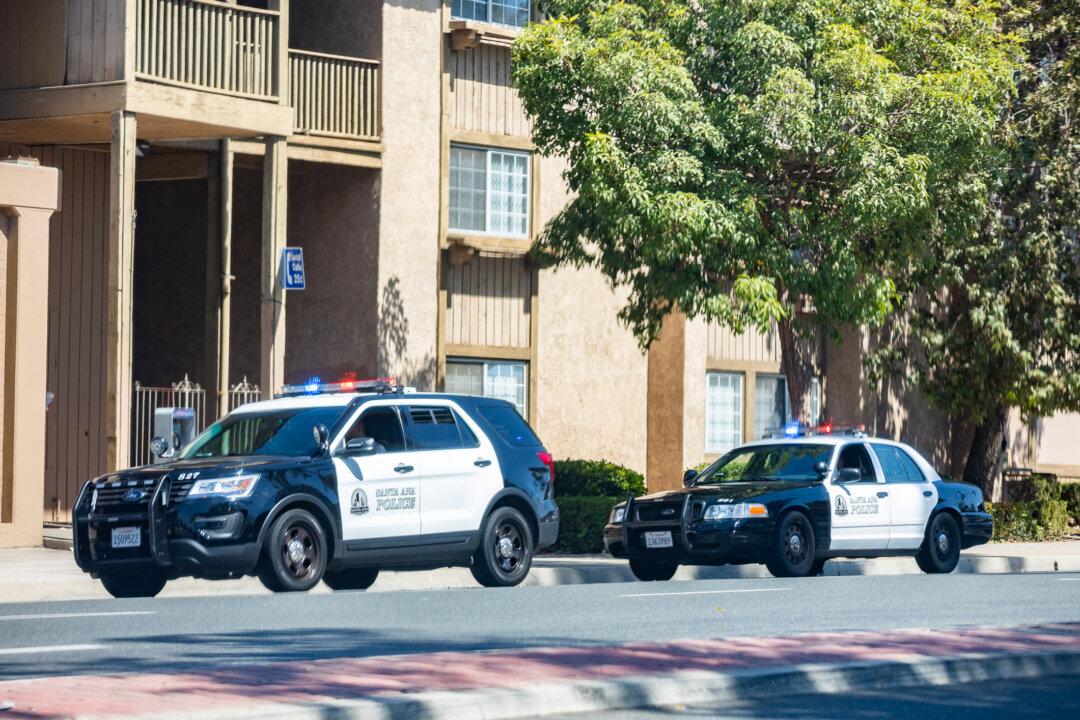IRVINE, Calif.—Transitional housing and holistic services are needed to help get Orange County’s homeless population off the streets, according to Orange County Sheriff Don Barnes.
“I can tell you that we’re not going to be able to arrest our way out of the homeless problem,” Barnes told The Epoch Times. “That’s not going to happen. The only way this works long term is to provide services.”





